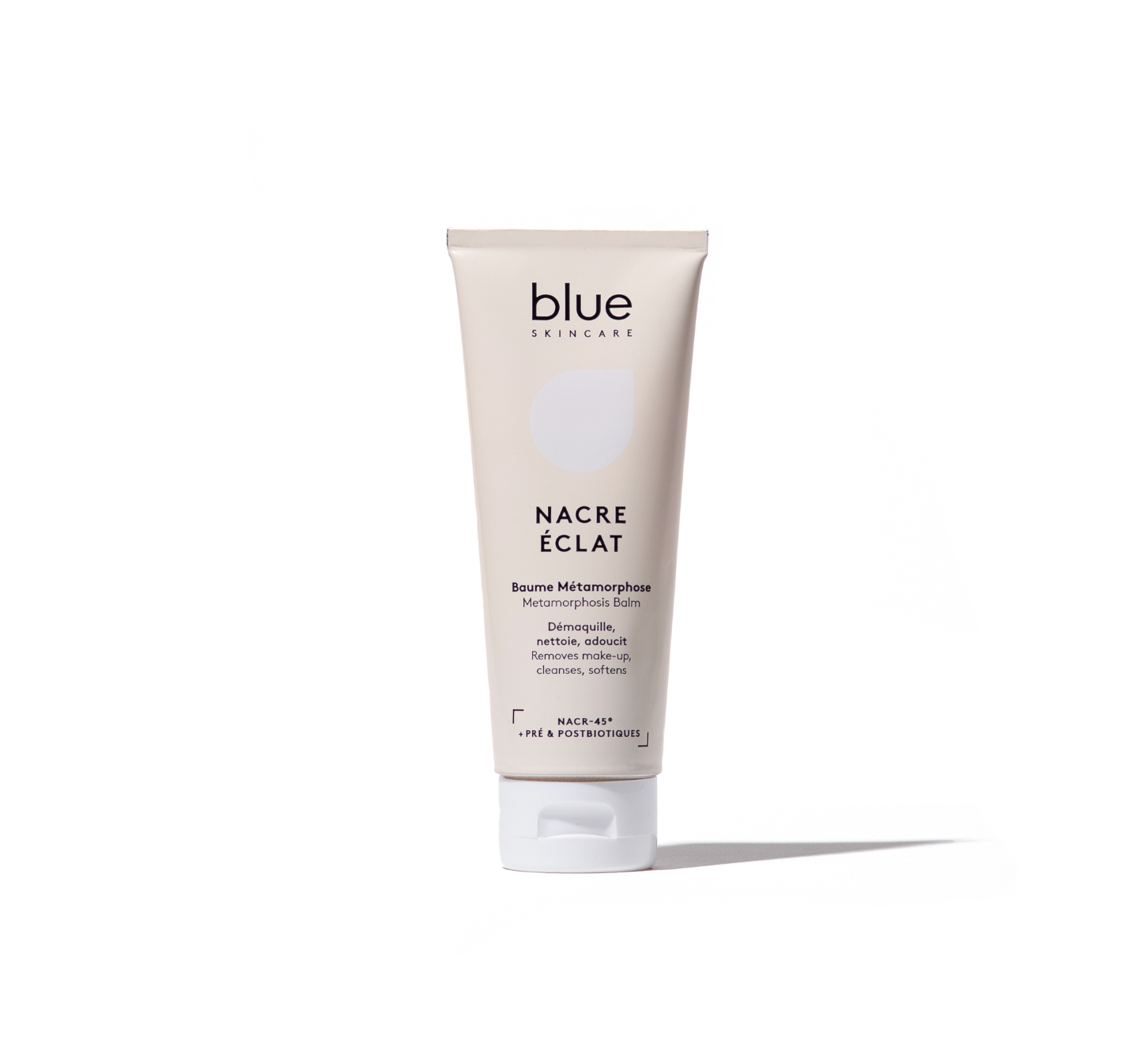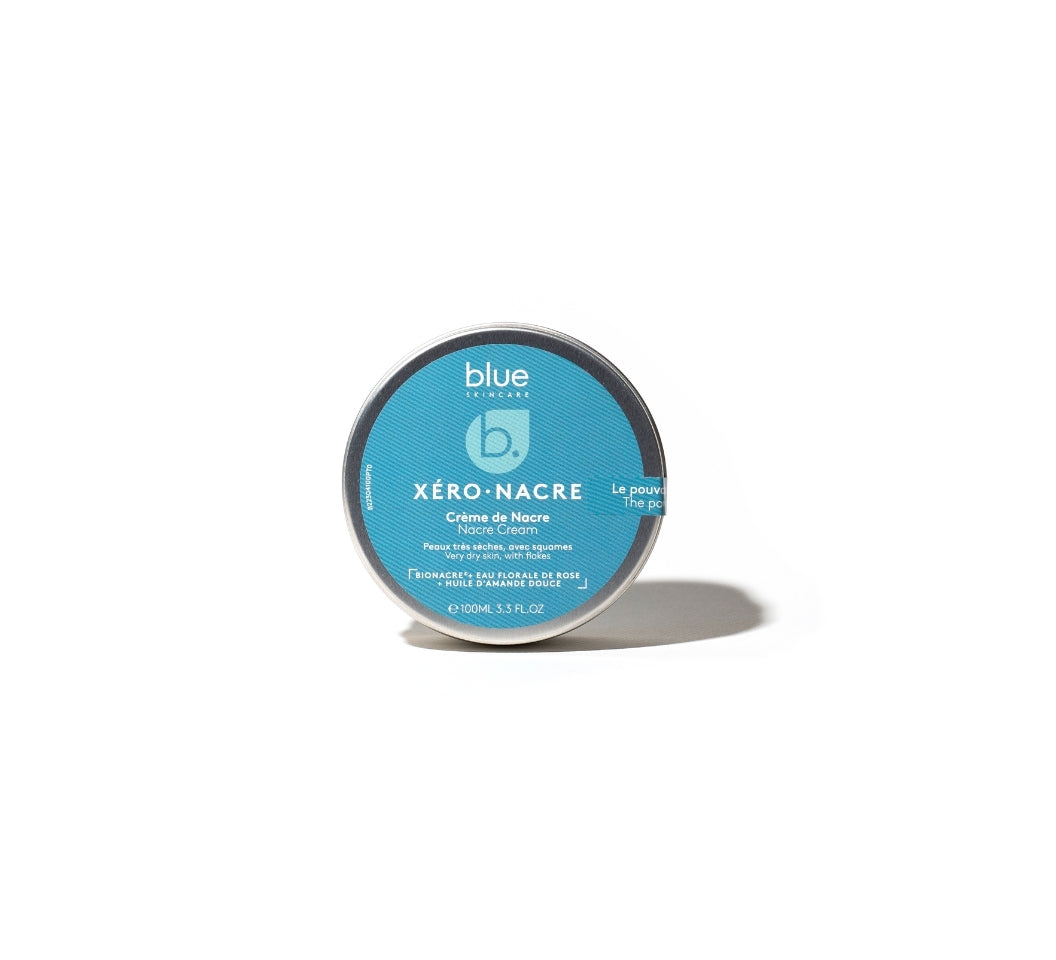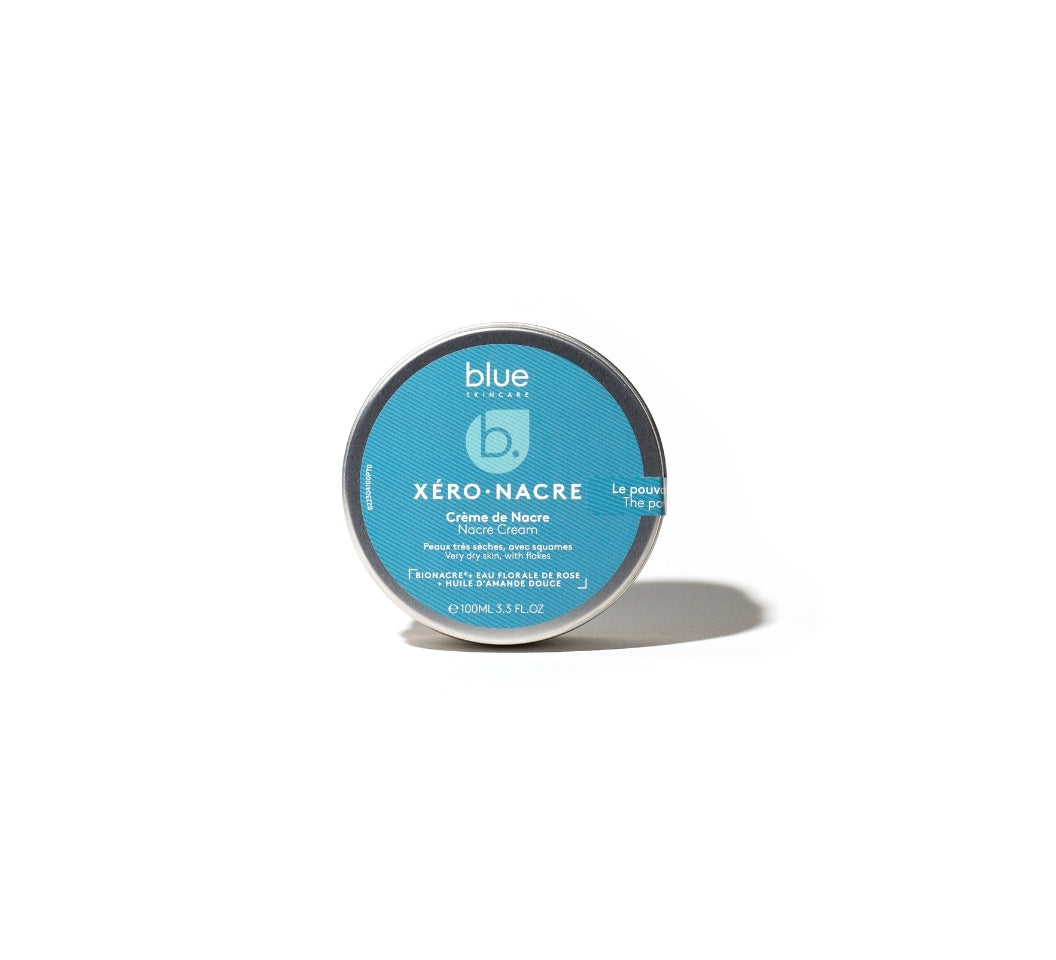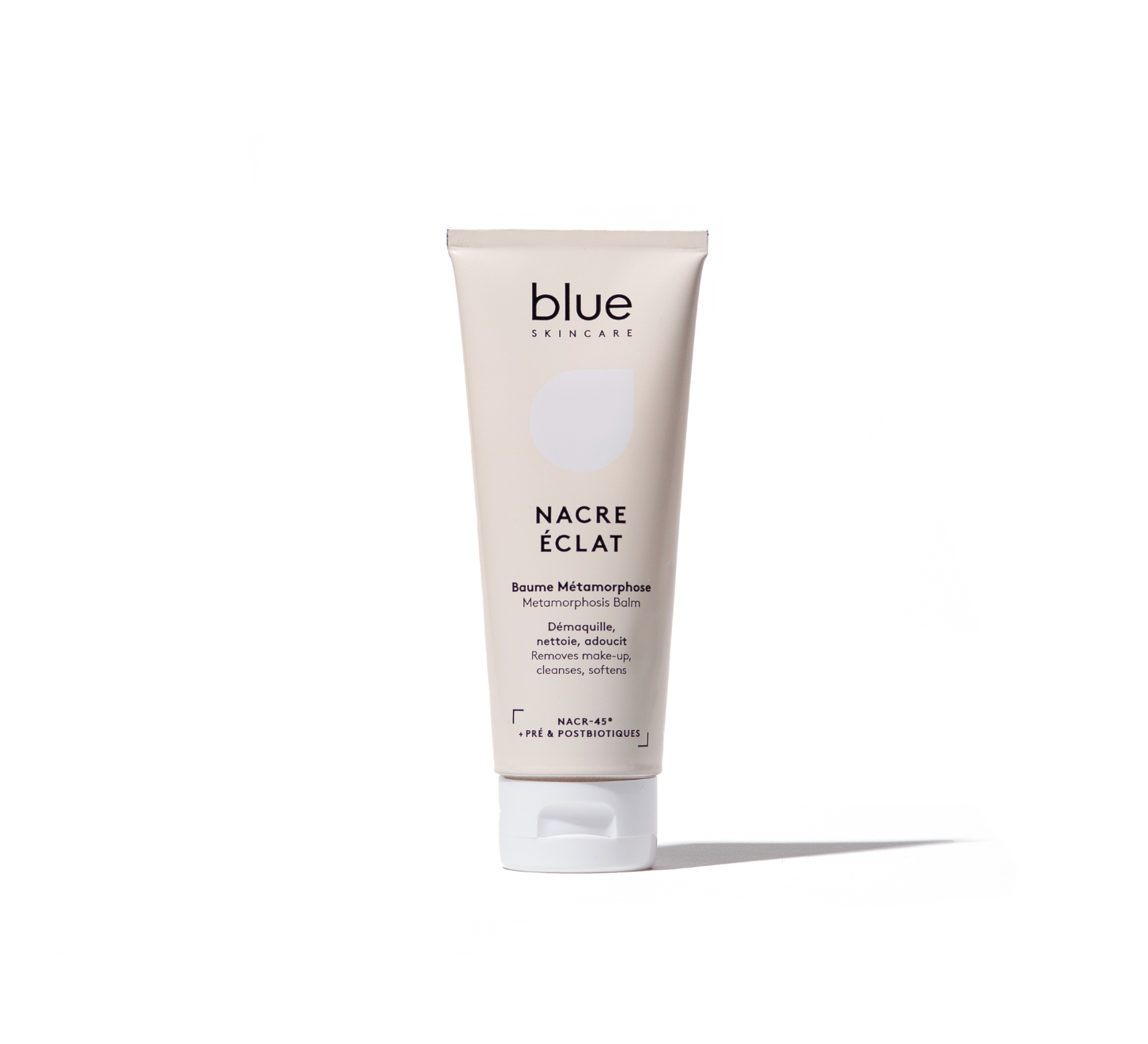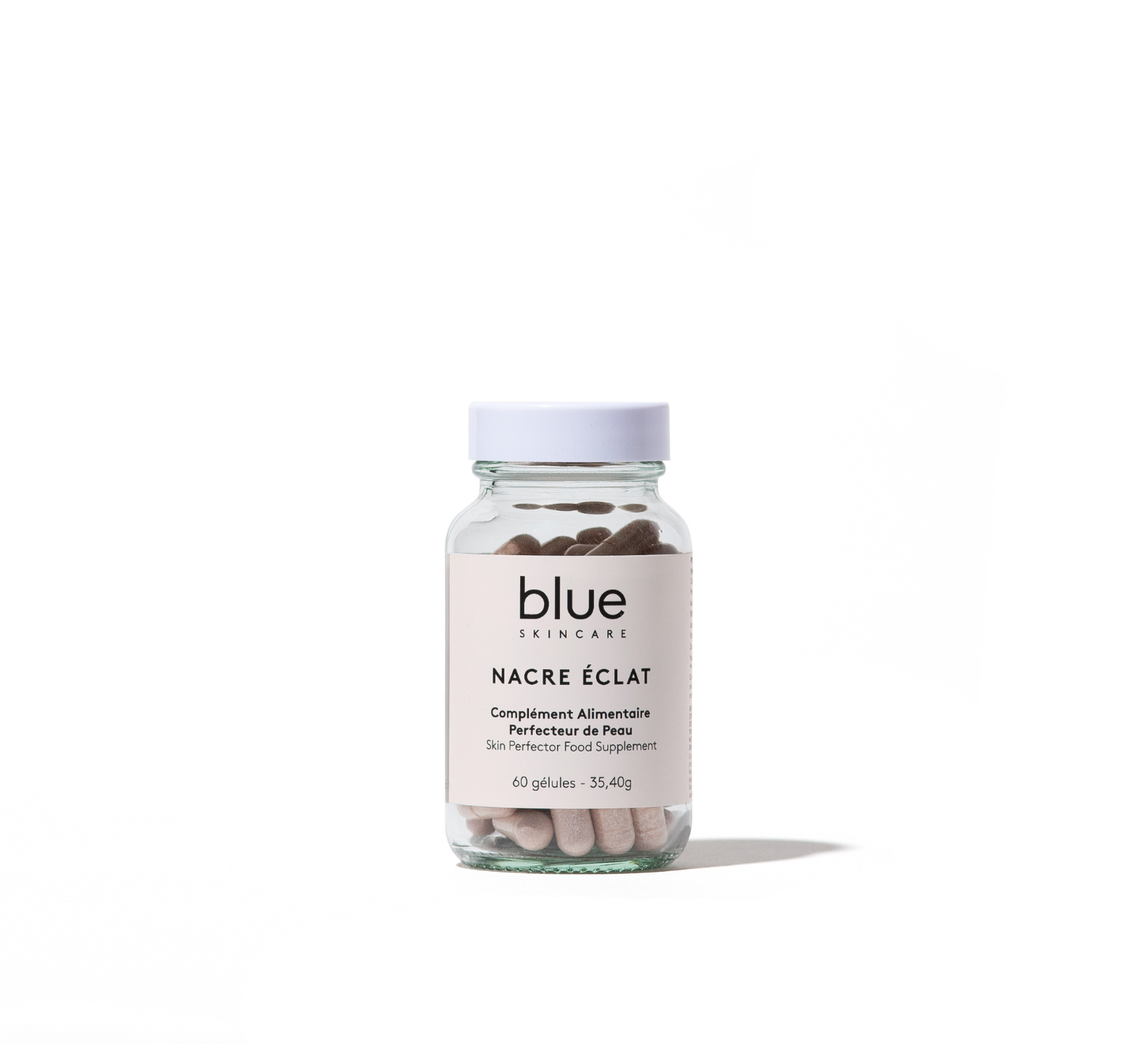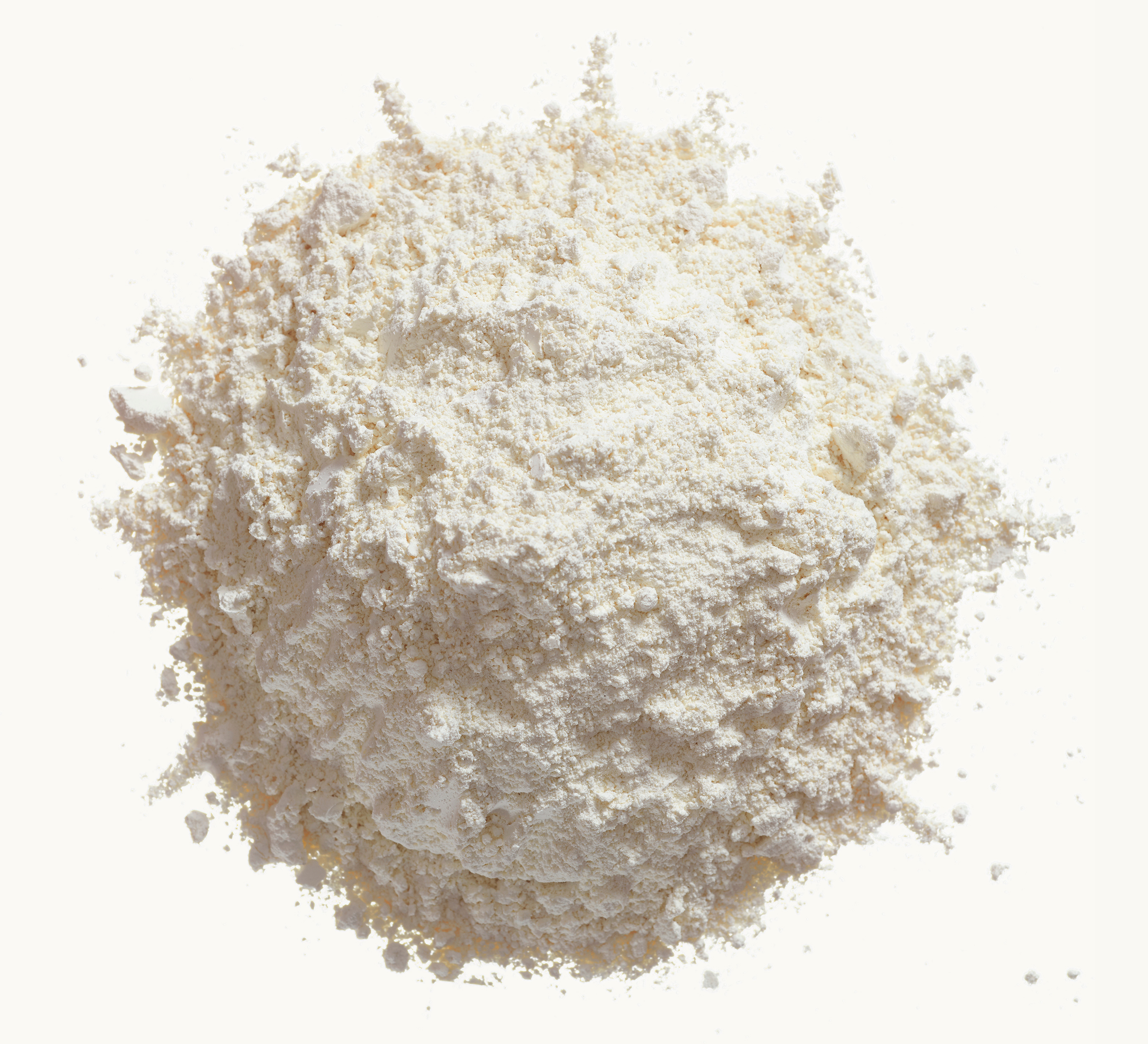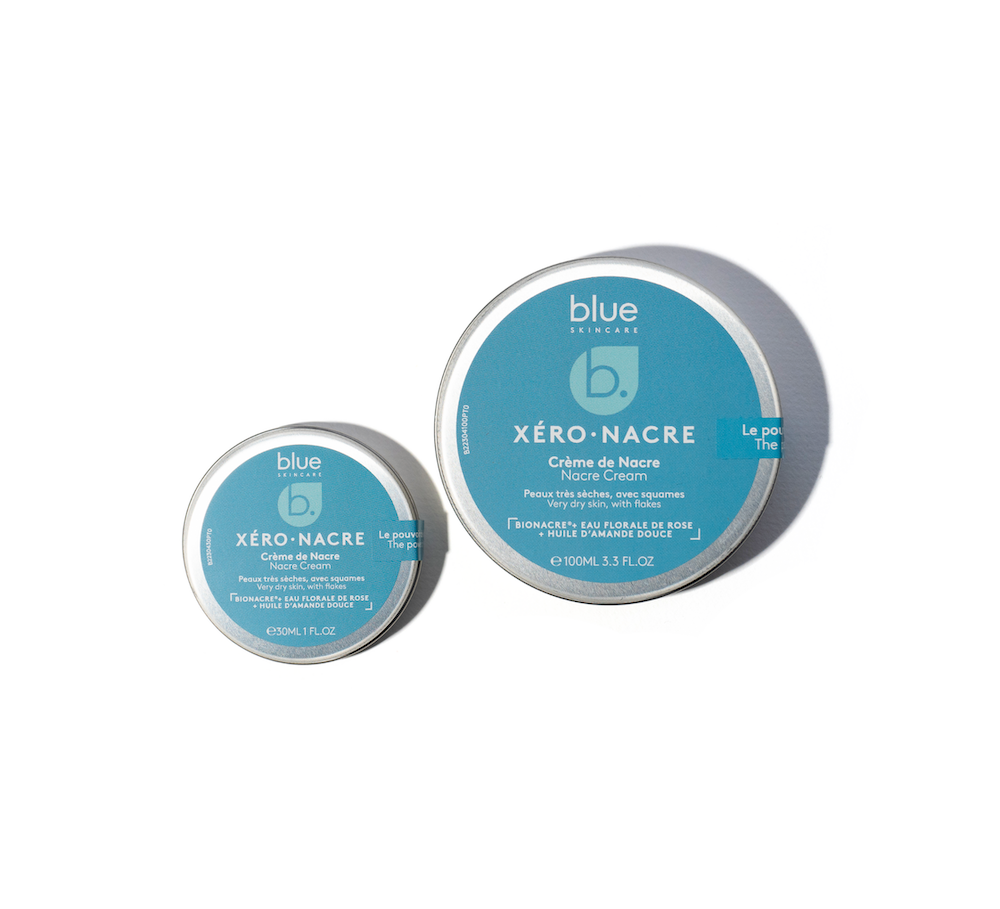If you hear that fashion is addicted to oil, you probably think of the millions of kilometers traveled by textiles, harvested in Africa/Latin America, processed in Asia and resold in Europe/United States. Well, that’s far from the worst, according to a report from the Changing Markets Foundation published in February 2021. This 45-page report, entitled “Fossil Fashion: The Hidden Reliance of Fashion on Fossil Fuels”, highlighted the dependence of the fashion industry – and especially fast fashion – on oil. It warns of the increasing share of synthetic fibers in our clothing, particularly polyester, and its environmental consequences.
So much so that this study renames Fast Fashion as Fossil Fashion .
Polyester, in more than half of our clothes
This report, which is based on more than 150 references from consulting firms, institutions and non-governmental organizations, reveals that the fashion industry is increasingly dependent on synthetic fibers, and therefore on oil. While these textiles are used in shoes, carpets and furniture, clothing is by far the largest outlet for synthetic fiber manufacturers (70% of the global synthetic fiber market in 2019). However, with the rise of Fast Fashion, which produces low-cost clothing, the use of synthetic fibers has doubled over the last twenty years. And when we talk about synthetic fibers in clothing, we are talking above all about polyester. Take a look in your closets and look at the labels: it is a safe bet that you will find polyester on half of the compositions. Valued for its strength, elasticity, low absorbency and anti-UV properties, polyester is found everywhere: in sportswear, swimsuits and summer clothing.
Today, polyester is in more than half of the textiles produced in the world. The year 2020 was a milestone: for the first time, the volumes of polyester used in clothing exceeded those of cotton. And this share is expected to increase further: synthetic fibers (which also include acrylic, elastane, Lycra) could represent 70% of global fiber production in 2030 and polyester would then represent 85% of this share.
Polyester, a material that consumes a lot of oil
Polyester is a derivative of petroleum, a non-renewable fossil fuel. It takes 1.5 kg of petroleum to create 1 kg of polyester. 45 million tonnes of polyester were produced in 2020.
In 2015 for COP21, the Huffpost published an article on the environmental impact of the textile industry in which we could read that 70 million barrels of oil are needed each year for the manufacture of polyester fibers by the textile industry.
So much so that the fashion industry alone consumes 1.35% of global oil production for the production of synthetic fibres.
Urska Trunk, Campaign Director at Changing Markets Foundation, said: “Few consumers are aware that fast fashion is actually ‘fossil fashion’. Fashion brands’ addiction to cheap polyester and other petroleum-based fibres comes at a time when the world is moving away from fossil fuels. But instead of abandoning synthetic fibres, which are an environmental disaster, brands want you to think they have it under control and can keep producing more and more clothes.”
An expanding carbon footprint
In addition to the environmental consequences – microplastics dumped into the oceans with each wash, in particular – the association points out that in 2015, the carbon footprint linked to the production of polyester represented 700 million tonnes of CO2, “the equivalent of the annual emissions of Mexico or 180 coal-fired power plants”. And this carbon footprint is expected to double by the end of the decade. Indeed, the production processes for these synthetic fibres are increasingly polluting, with raw materials derived from gas obtained by hydraulic fracturing. In addition, Hengli, one of the main Chinese polyester producers, announced in June 2020 that it wanted to invest 20 billion dollars in the manufacture of polyester yarns from coal.
Fashion, not inclined to use recycled synthetic fibers
While some responsible brands are now producing from recycled polyester to reduce their carbon footprint, the phenomenon remains very marginal, and for good reason! “Currently, less than 1% of clothing is recycled to make new clothing, and the share of recycled polyester is declining,” states the report. The latter represented 14% in 2019, according to the Textile Exchange Preferred Fiber & Materials Market Report 2020. It would increase to 7.9% of total polyester production by 2030, according to 2021 data from the Tecnon OrbiChem firm. More generally, according to Changing Markets Foundation, the sector does not take sufficient account of the circular economy in its production, continuing to use very little recycled and recyclable blends.
Competition on PET
Polyethylene terephthalate (PET), the resin used to produce polyester fiber (but also water bottles), is now highly sought after in its recycled version. Regulatory constraints linked to the end of the use of single plastic in Europe, force multinationals producing beverages and consumer goods (particularly cosmetics) to source this recycled resin, leading to a price increase. Faced with these dissuasive prices, the textile industry is opting for virgin PET, which is much cheaper.
In conclusion, this report calls on the European Union to put a stop to the overproduction of "fast fashion". The solution could be the establishment of regulations concerning the production of synthetic textiles, similar to those concerning single-use plastics?
